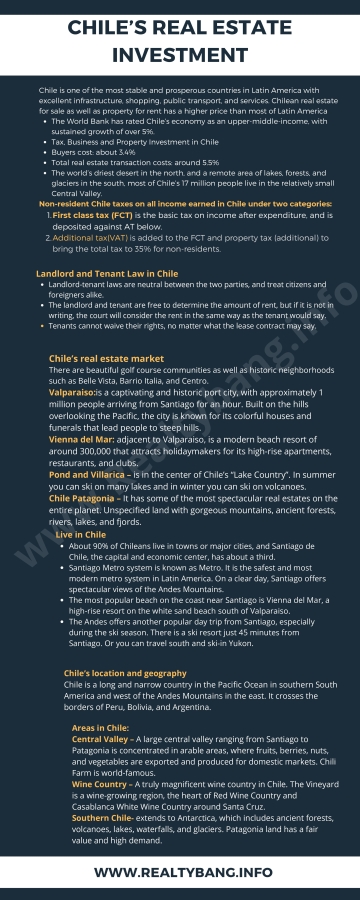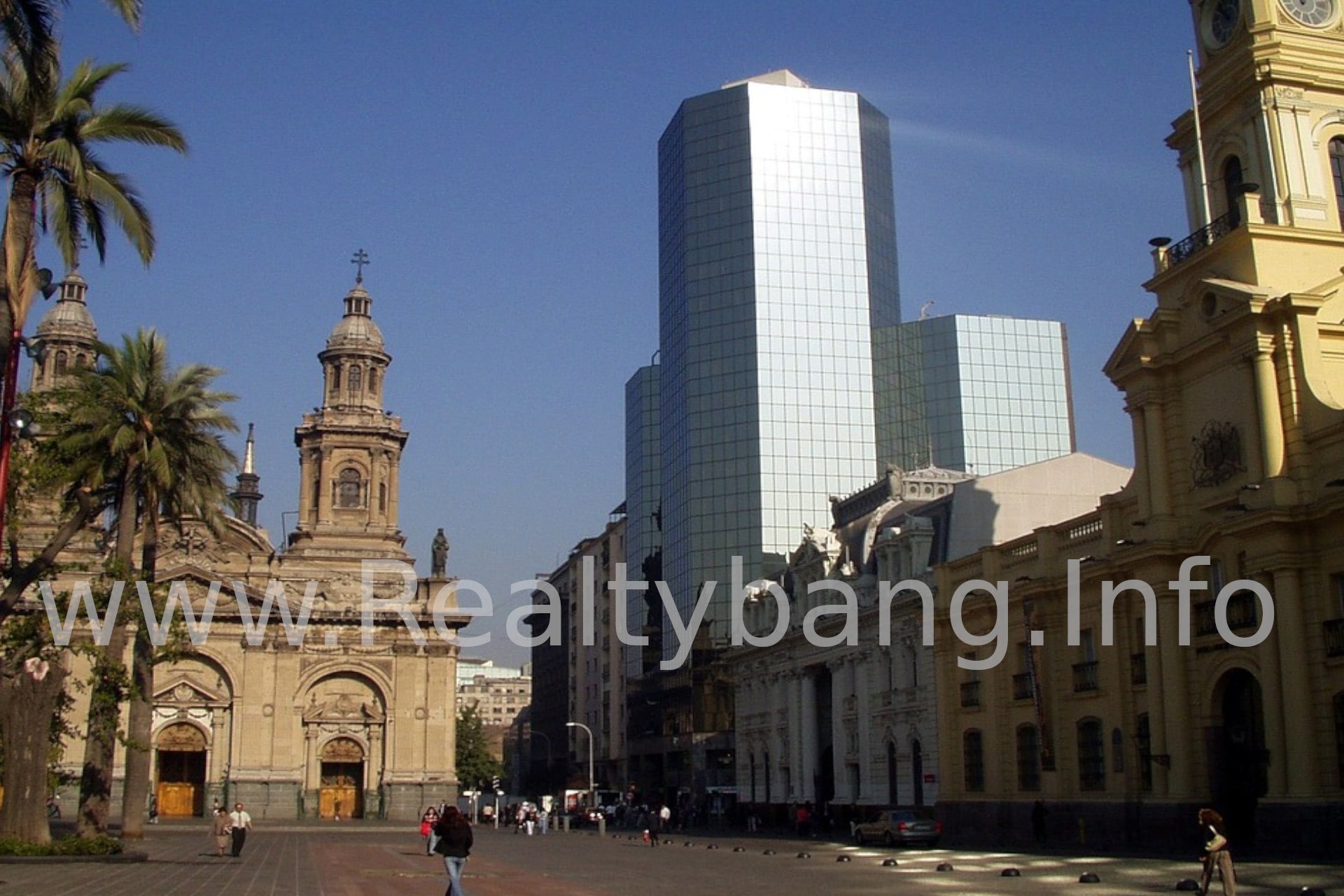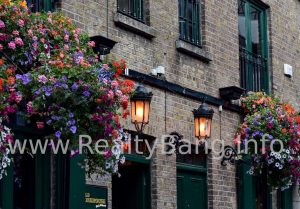Chile’s Real Estate Investment: Chile is one of the most stable and prosperous countries in Latin America with excellent infrastructure, shopping, public transport, and services. These facilities make Chile’s cost of living higher than most Latin American countries compared to North America.
Chilean real estate for sale as well as property for rent has a higher price than most of Latin America; But, there are still reasonable prices. The prices and rents of houses, land, condos, and apartments for Santiago real estate are 30–40% higher than the rest of Chile.
- The World Bank has rated Chile’s economy as an upper-middle-income, with sustained growth of over 5%.
- The world’s driest desert in the north, and a remote area of lakes, forests, and glaciers in the south, most of Chile’s 17 million people live in the relatively small Central Valley.
- Therefore, housing in major urban areas remains in high demand, keeping rental income stable and sales prices rising steadily.
- Tax, Business and Property Investment in Chile
- Buyers cost: about 3.4%
- Total real estate transaction costs: around 5.5%
- International investors can buy and hold real estate in or without Chile. Some restrictions apply near international borders.
Non-resident Chile taxes on all income earned in Chile under two categories:
- First class tax (FCT) is the basic tax on income after expenditure, and is deposited against AT below. The FCT rates are to be increased as follows:
- 2015: 22.5%
- 2016: 24%
- 2017: 25%
- 2018: 27%
- 2019: The corporate tax rate is 25% or 27% depending on the income tax regime of the company 2020: 27%
- Additional tax(VAT) is added to the FCT and property tax (additional) to bring the total tax to 35% for non-residents.

Property taxes are credited towards AT, contributing to the 35% total tax package. The rates are as follows:
- On rural properties, 1% sensory value is evaluated
- On owner-occupied residential properties, the tax rate is fixed at 1% on the fixed-rate portion and 1.2% on the remaining portion of the tax does not exceed a certain threshold.
- Property values below a certain level are not subject to property tax.
- Under the FCT rates obtained above, capital gains tax is levied like other income.
- Capital gains tax applies only to the sale of apartments under four years of age, and to another real estate for a period of less than one year.
- Capital gains are taxed as income at the above FCT rates.
- Chile’s 19% value-added tax (VAT) applies to real estate leases, but not to the sale of the property.
Landlord and Tenant Law in Chile
- Landlord-tenant laws are neutral between the two parties, and treat citizens and foreigners alike.
- The landlord and tenant are free to determine the amount of rent, but if it is not in writing, the court will consider the rent in the same way as the tenant would say.
- Tenants cannot waive their rights, no matter what the lease contract may say.
Chile’s real estate market
There are beautiful golf course communities as well as historic neighborhoods such as Belle Vista, Barrio Italia, and Centro.
Valparaiso is a captivating and historic port city, with approximately 1 million people arriving from Santiago for an hour. Built on the hills overlooking the Pacific, the city is known for its colorful houses and funerals that lead people to steep hills. The port is a major industry, providing international access to goods entering South America.
Vienna del Mar, adjacent to Valparaiso, is a modern beach resort of around 300,000 that attracts holidaymakers for its high-rise apartments, restaurants, and clubs. Some areas around Vienna are popular for beach houses and apartments such as Renaca and Concon.
Pond and Villarica – is in the center of Chile’s “Lake Country”. In summer you can ski on many lakes and in winter you can ski on volcanoes.
Chile Patagonia – It has some of the most spectacular real estates on the entire planet. Unspecified land with gorgeous mountains, ancient forests, rivers, lakes, and fjords.
Live in Chile
About 90% of Chileans live in towns or major cities, and Santiago de Chile, the capital and economic center, has about a third.
In Santiago, while checking your email, you can drink a coffee at Starbucks, shop at upscale malls, and run a highway system that automatically charges tolls from your credit card. Or Santiago Metro system is known as Metro. It is the safest and most modern metro system in Latin America. On a clear day, Santiago offers spectacular views of the Andes Mountains.
The most popular beach on the coast near Santiago is Vienna del Mar, a high-rise resort on the white sand beach south of Valparaiso. Other small beaches depict the surrounding coast in towns, some with luxury homes above the sea.
The Andes offers another popular day trip from Santiago, especially during the ski season. There is a ski resort just 45 minutes from Santiago. Or you can travel south and ski-in Yukon.
Chile’s location and geography
Chile is a long and narrow country in the Pacific Ocean in southern South America and west of the Andes Mountains in the east. It crosses the borders of Peru, Bolivia, and Argentina. The Chilean islands and some smaller islands are included in the Chilean region.
Areas in Chile:
Central Valley – A large central valley ranging from Santiago to Patagonia is concentrated in arable areas, where fruits, berries, nuts, and vegetables are exported and produced for domestic markets. Chili Farm is world-famous.
Wine Country – A truly magnificent wine country in Chile. The Vineyard is a wine-growing region, the heart of Red Wine Country and Casablanca White Wine Country around Santa Cruz.
The Atacama Desert of northern Chile is the world’s driest and rich in minerals including copper.
Southern Chile extends to Antarctica, which includes ancient forests, volcanoes, lakes, waterfalls, and glaciers. Patagonia land has a fair value and high demand.




